Demonstration Report
June 2019
Toronto, Canada
copyright © 2019 Douglas Tong, all rights reserved.
__________________________________________________
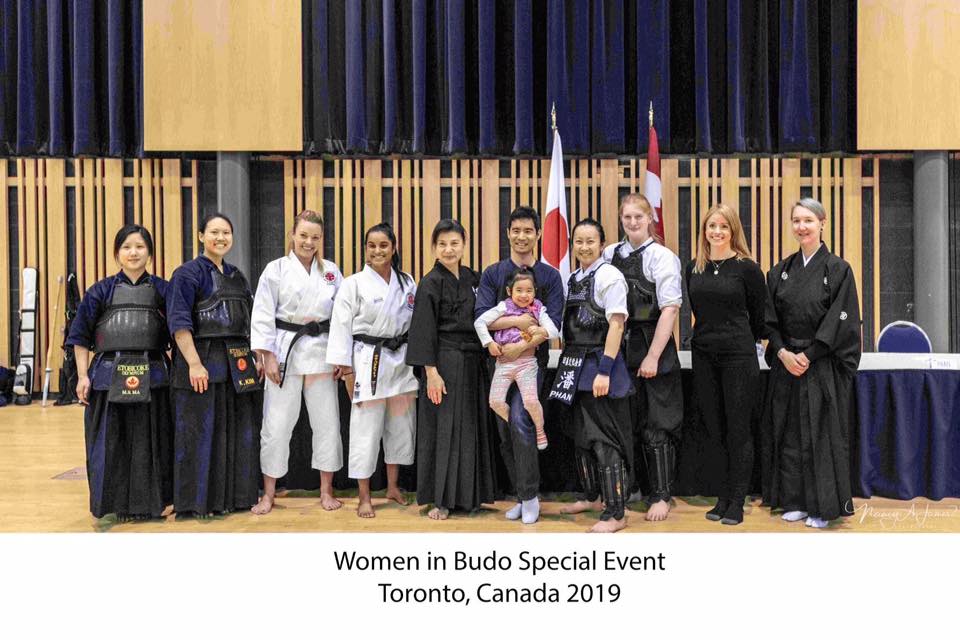
On June 2nd of 2019, Erika Gaal, assisted by Tong Sensei, demonstrated ‘kenjutsu’ at the Women in Budo Exhibition Demonstration at the Japanese Canadian Cultural Centre in Toronto, Canada. This special exhibition was part of the 2nd CKF Women’s Iaido Seminar. The featured style of our demonstration was the famous style of Yagyu Shinkage Ryu Hyoho.
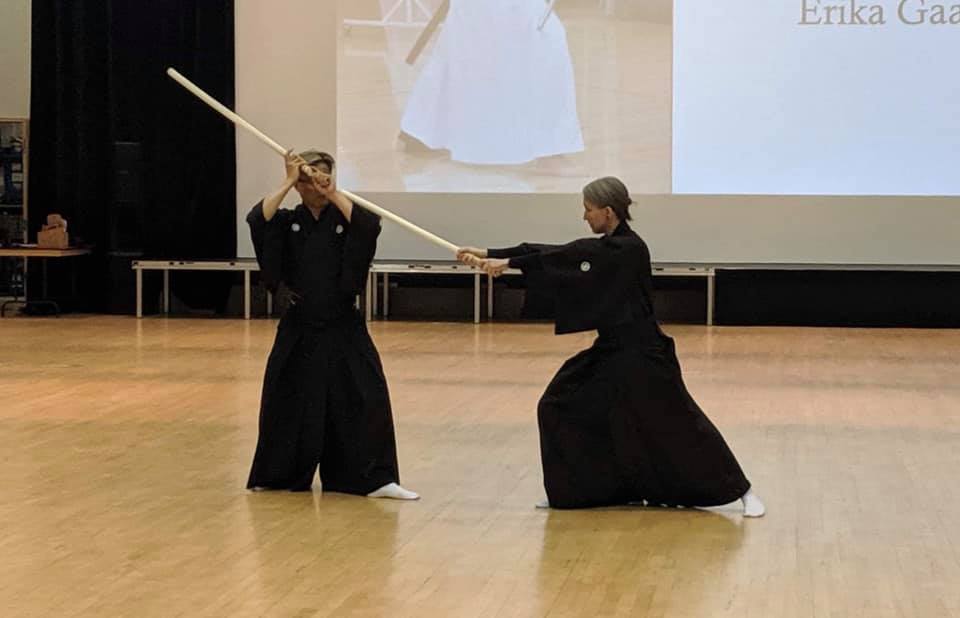
Sponsored by the Canadian Kendo Federation’s Team Canada Iaido Program, this “Women in Budo” event had the purpose to be an inaugural showcase of the power of the Japanese traditional martial arts to empower women in all walks of life. The invited delegation included leaders who have represented Canada on the world stage.
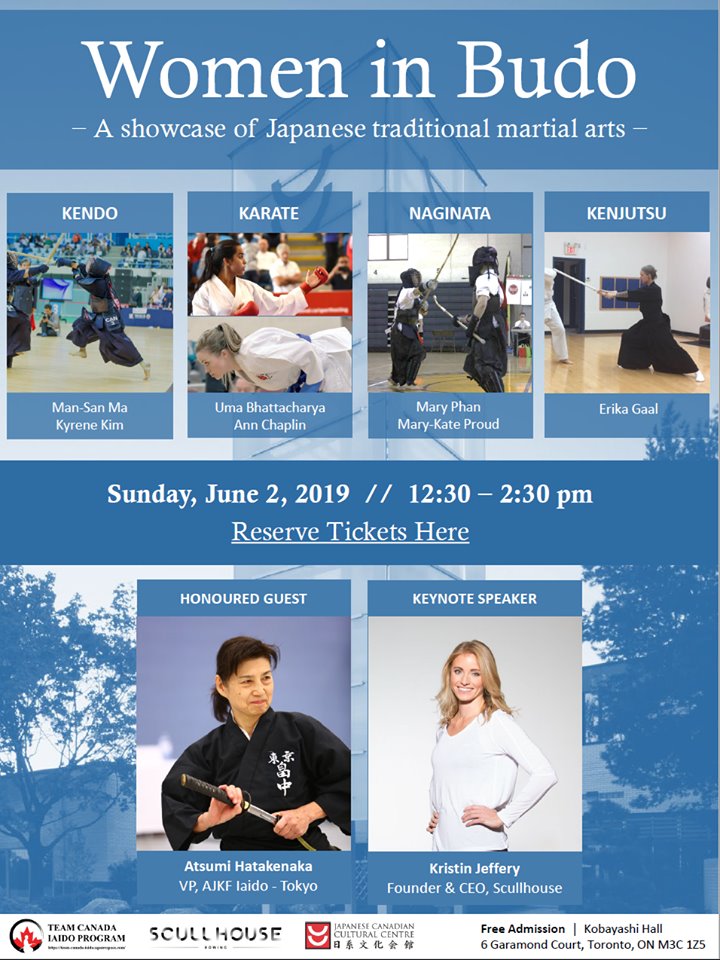
According to the published pamphlet describing this event:
“The objective of Budo (Japanese Traditional Martial Arts) is to cultivate character, enhance judgement, and enable individuals to become disciplined and capable of making contributions to society at large.
This event is not only an exhibition of the impressive physical abilities of the invited group of female martial arts, including several Team Canada members. It is a forum for them to share their experience and wisdom about how Budo has helped (and continues to help) them become the best versions of themselves. Thank you for joining us today to listen to their stories, and get a glimpse of what women are capable of through training in the Japanese traditional martial arts.”
The guest of honour was Ms. Atsumi Hatakenaka. Hatakenaka Sensei is the Vice President of the Iaido section for the Tokyo Region of the All Japan Kendo Federation. She is an 8-Dan (8th degree black belt) in Iaido, currently the highest rank possible, and the 3rd woman in the 60-year history of the All Japan Kendo Federation to make that achievement.
In addition to the other presenters from karate, kendo, naginata, jodo, and the keynote speaker, our very own Erika Gaal represented us in the category of “kenjutsu”.
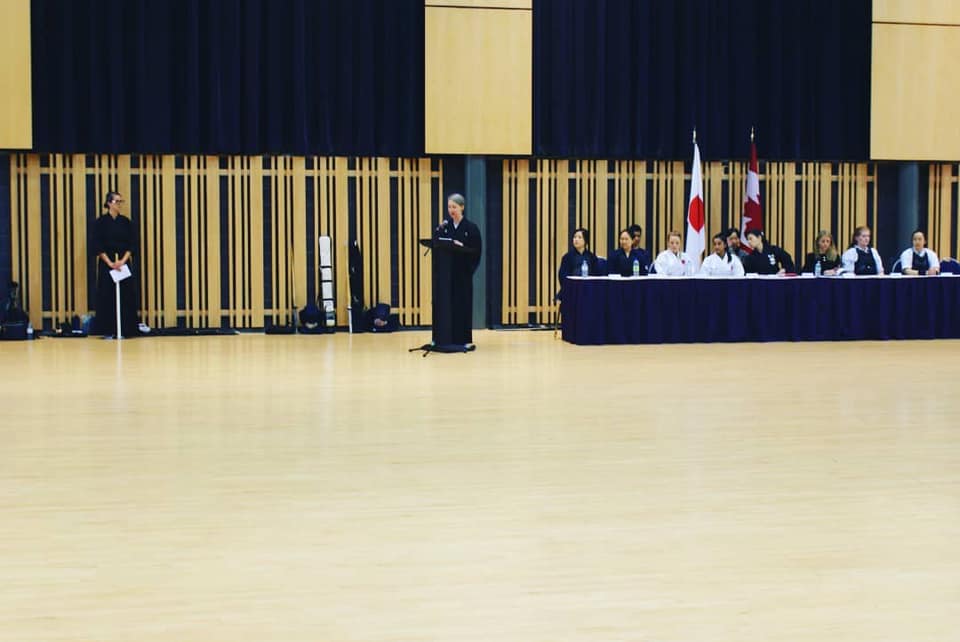
Each presenter gave a short talk about themselves and their art. They also talked about their journey in the martial arts, their successes and failures, and how it made them who they are today. Then they finished off their segment with a demonstration of their art.
It was a high-level event that was attended by many high-ranking practitioners and teachers in the martial arts. It was particularly special to us as we had the opportunity to unveil and showcase our art, the art of Yagyu Shinkage Ryu, to these members of the Canadian Kendo Federation and the greater iaido community. We were thrilled to be able to be a part of history in the making.
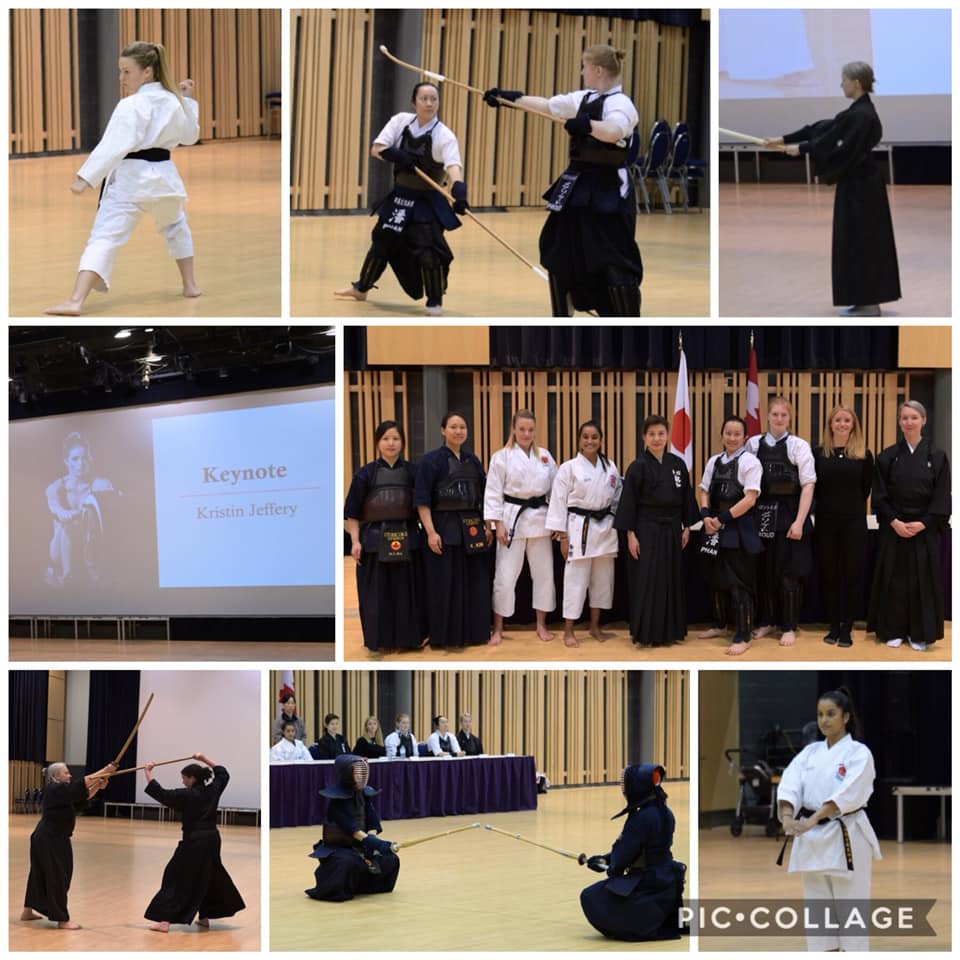
__________________________________________________
Commentary (Erika Gaal Sensei):
Erika Gaal was the female who was showcased for the field of kenjutsu. And this was her story.
The Constructs of Having an Open Mind: an Event Summary
copyright © 2019 Erika Gaal, all rights reserved.
There lies virtue in the ability to adapt. Not only to physical changes but also to intellectual challenges, new knowledge and deeper philosophies. It is said that growth occurs through making mistakes, although I prefer to see it as growth occurring from being able let go of preconceived ideas. When we can do this incredible things can happen, and paths to new places start to be constructed.
In martial arts there are many of these preconceived ideas. We base our knowledge of technique from what we have been taught or shown, and often take that knowledge as the final word in the matter. In doing this we may limit ourselves from learning new and different ways of doing things.
I recently had the pleasure of participating in an event that showcased women in Japanese martial arts. I had the honour of speaking about my journey thus far and introducing Yagyu Shinkage Ryu to an audience of my peers and people I consider family. I was lucky enough to bring Tong Sensei as my partner in the demonstration and one of my group members to narrate. This experience was not only an incredible honour, but also a tremendous learning experience.
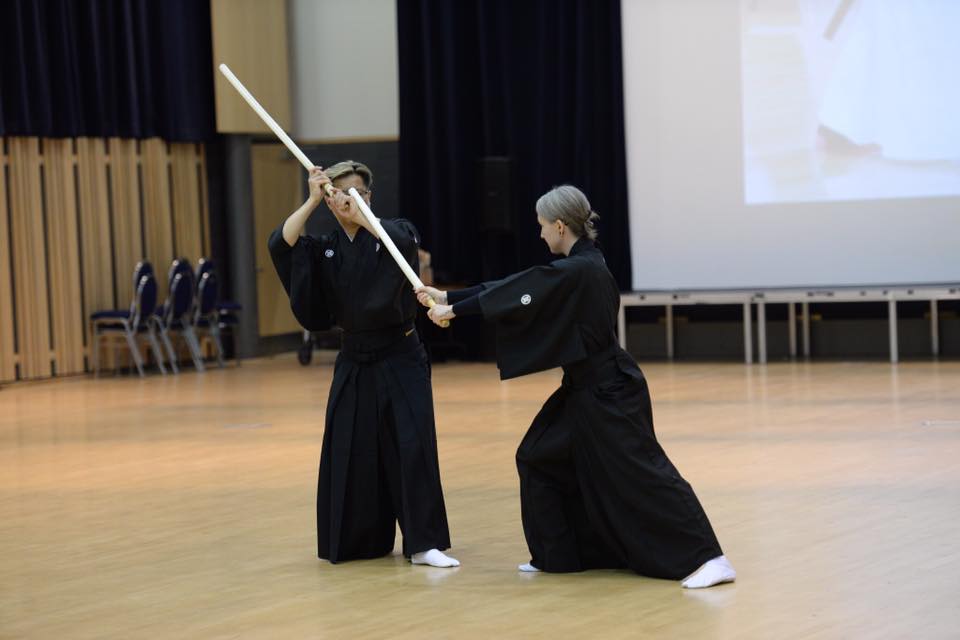
In order to prepare for the demonstration I first visited Orangeville to practice with Tong Sensei. It can be a challenge to practice for a demo without your partner being available, and because Sensei lives six hours away, we had to fit as much practice as we could into the two days of my visit. I went into this weekend with no expectations and had nothing but delightful surprises along the way.
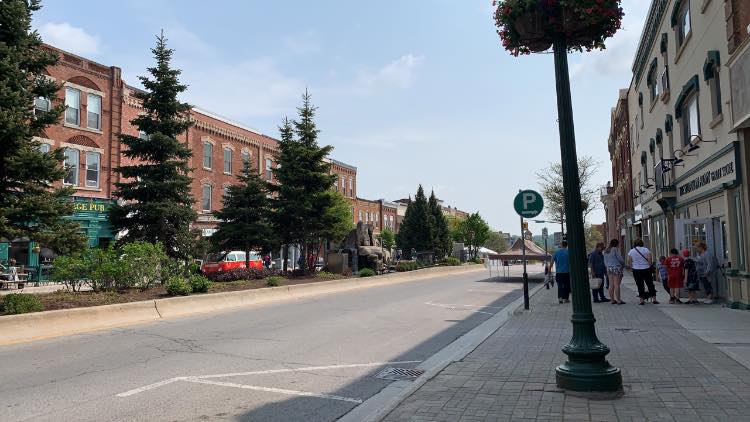
My first practice session was filled with corrections and learning each other’s timing and rhythm. We worked through both the Sangakuen and Kuka no Tachi sets of kata with a focus on proper execution of technique over speed. Some of the waza within these kata are very difficult to perform, and require a lot of precise timing and a calm state of mind to catch that timing. I caught myself getting frustrated with myself at times while going through these, only to realize that the frustration was coming from believing myself to be better at it than I truly was. I had to drop my ego and change my focus to learning instead of getting reinforcement.
The next morning I felt refreshed and had less assumptions going into my training that day. It just so happened that Orangeville was holding their annual Jazz and Blues festival that weekend so I took the morning to wander and enjoy the festivities. From observing the musicians and the enjoyment of the crowd I was given fresh enthusiasm to bring back to my musical practice of Taiko.
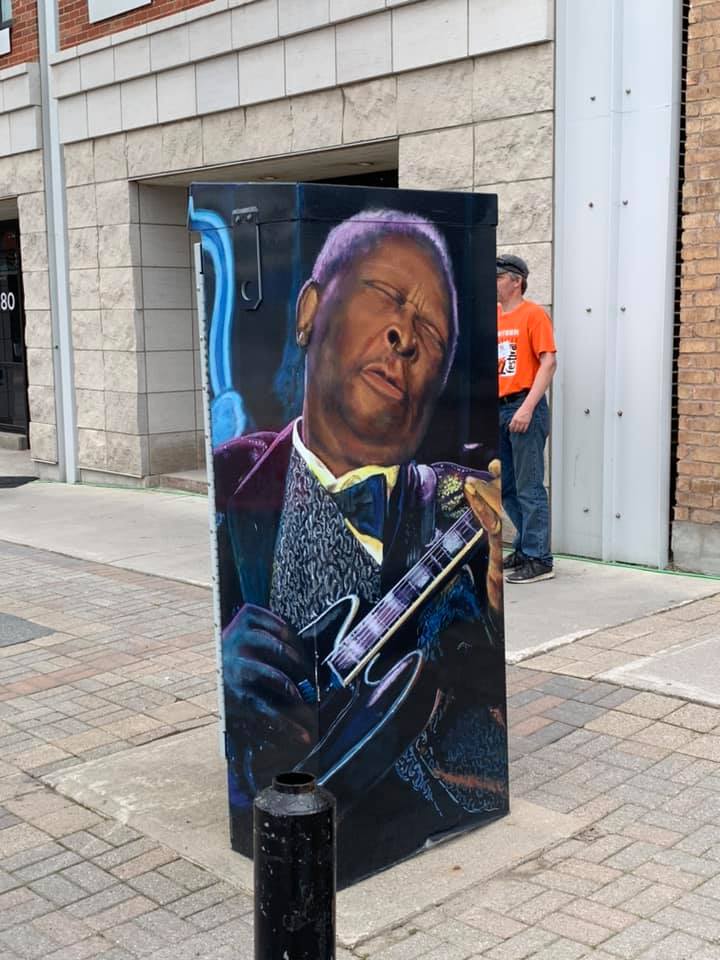
There’s also a wonderful art studio in this small town, and they just so happen to house a renown sumi-e artist from Ottawa. So I always make a point to stop in there when I get a chance now, and am always left with new inspiration for my own sumi-e practice.
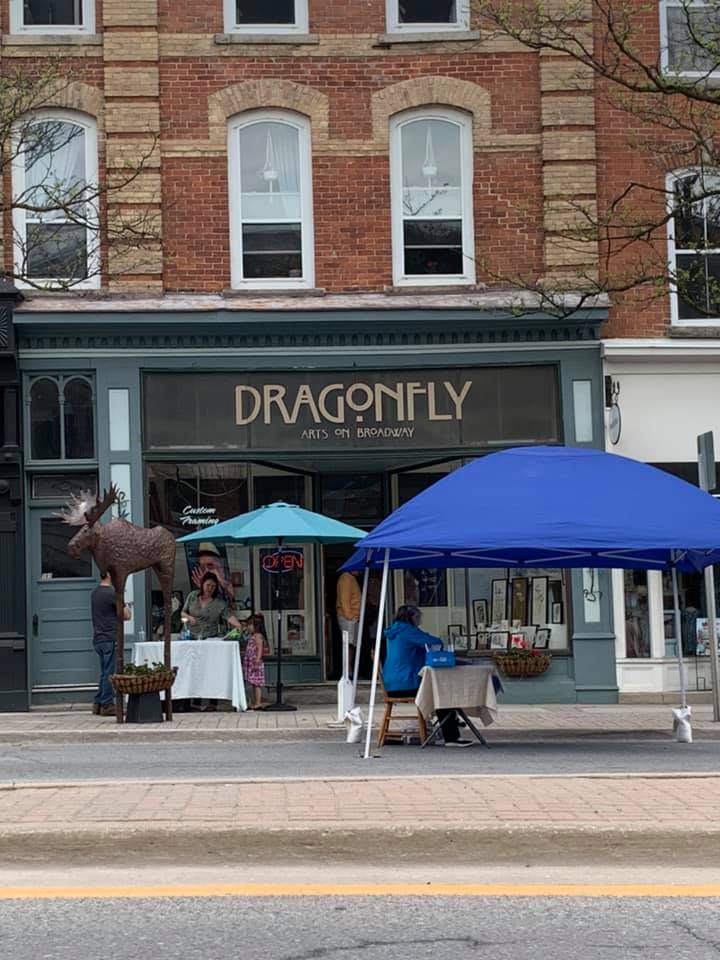
I walked out of their shop with a new hand made brush and a painting that ended up confirming I was headed down the right path with my martial arts. I had chose a painting that I later discovered had a stamp that meant ‘mind/heart/spirit’. The name I chose for my club- Meishinkan- translates to ‘hall of bright heart and spirit’ and our vision is to train with an open and compassionate mindset. There are unseen bridges that connect things, and when you can drop your own expectations of what you think you’re looking for, you will start to see the connections around you and the affirmations that you are going in the right direction.
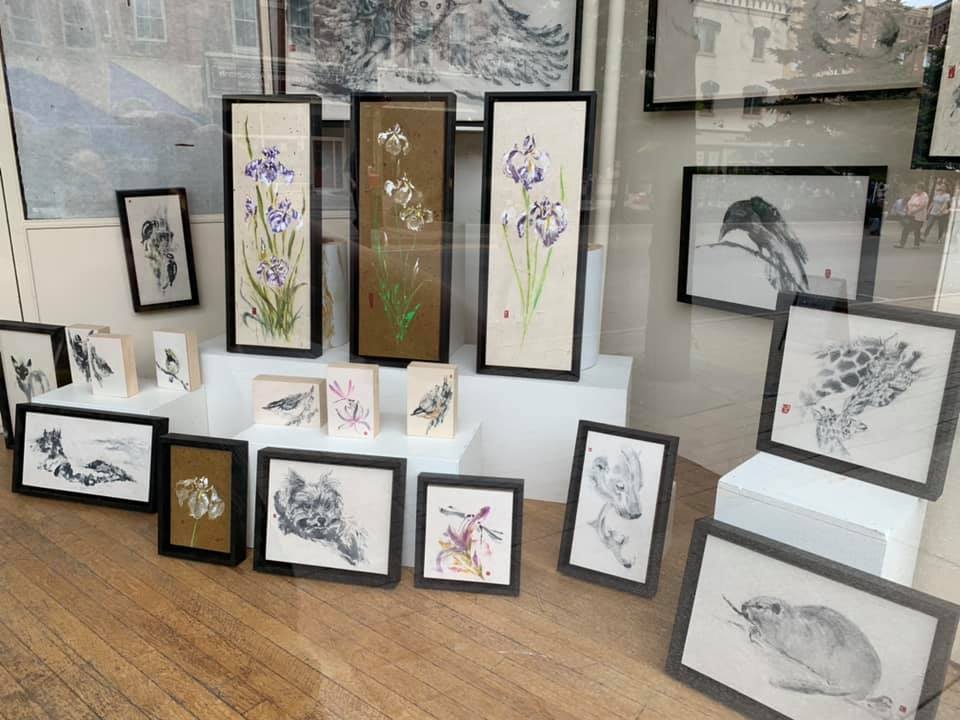
My training session that day focused on Enpi and creating a flow between Sensei and I within the kata. This ‘flow’ is a crucial element in the practice of Yagyu Shinkage Ryu. In order to be adaptive and unfixed in any given thought or way, we aim to connect our movements fluidly and stay in motion throughout our kata. Given the length of Enpi, it gives us the opportunity to really work on achieving this. I find that working on this kata also helps you release any tension you may be holding and acts as meditation in motion. This was very helpful in alleviating the anxiety I had for the demonstration the next day.
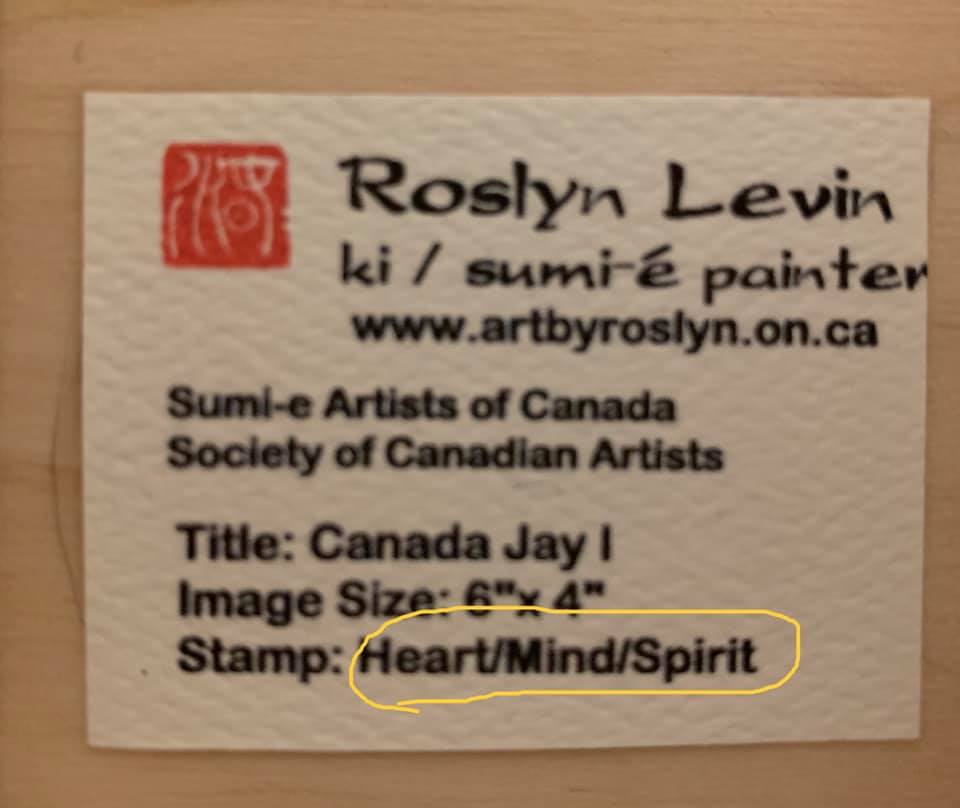
That evening was spent with friends and celebrating the bonds that women in martial arts share. There are no physical boundaries between the different disciplines, and even though paths sometimes lead in different directions and you may end up leaving your original art, the friendships that are built through these arts maintain the same strength as our determination to continue our journey down our martial arts paths.
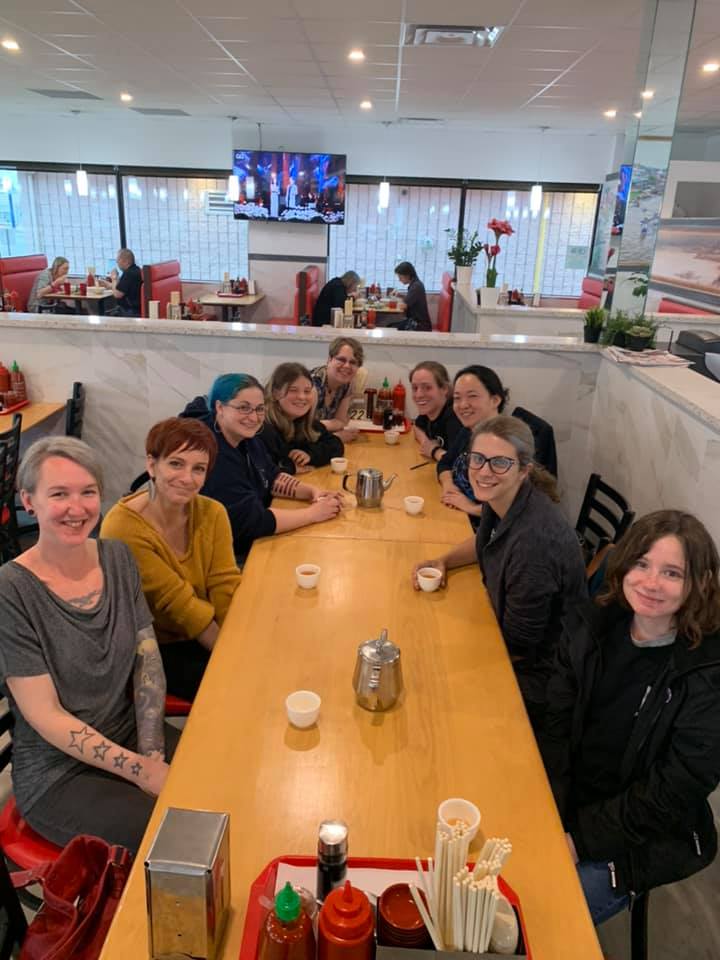
I was very excited to be invited to share YSR with my Canadian Kendo Federation family, and was thrilled to be able to finally bridge communications between different arts. I’ve always believed in being open and welcoming, and wanted to one day see a similar atmosphere between different martial arts groups. On Sunday, June 2, 2019, I was honoured to be part of an event that aimed to not only create this atmosphere for women, but to also hear the personal journeys of some truly inspirational top female martial artists. Walking into the event that day I was nervous but also overwhelmed with joy. This was a big event, and an opportunity of a lifetime. In the audience I had my friends, my peers and my teachers. And at the presenters table sat women that held numerous gold medals and one of the top female Iaidoka from Japan- Atsumi Hatakenaka Sensei.
As I sat at this table and listened to the other presenters I came to the realization that none of our achievements were accomplished by solely ourselves. Without our teachers we would not have learned proper technique, and without training partners we would not have learned how to overcome defeat and persevere. Every person and interaction has helped us get to where we are today, so even our accomplishments have connections to those that contributed to our success.
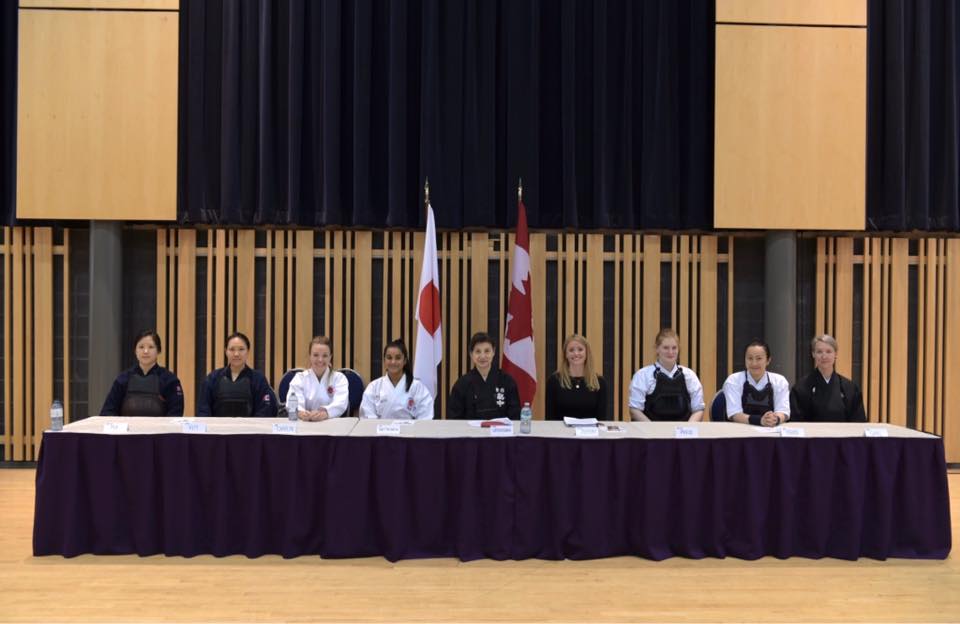
While listening to the different speeches it was clear there was a consistent message throughout- strength is built through the ability to endure and overcome. In our training this may be by working through our own frustration as we learn and improve, and as women in these arts it may be by rising up from within the stigma and bias that we face in male dominated fields. No matter the obstacle, maintaining your integrity while climbing your mountains will develop a solidity in your spirit. And keeping ourselves open to new lessons will prevent us from getting weighed down by the beliefs that others may lay upon us. In releasing our own expectations of what we want to be, we may very well become who we’re meant to be.
By the end of the weekend I felt like I had experienced a lifetime in three days. I had many new corrections to work on from Tong Sensei and performed my first demonstration with him; I had been given tremendous acknowledgement for my accomplishments in my Budo and personal life and for being a source of inspiration to other female budoka; I had the glorious opportunity to see the first stones being laid to a bridge spanning between different disciplines; and I was able to see the sparkle of interest and curiosity in numerous eyes from seeing YSR for the first time. My heart and spirit were incredibly full.
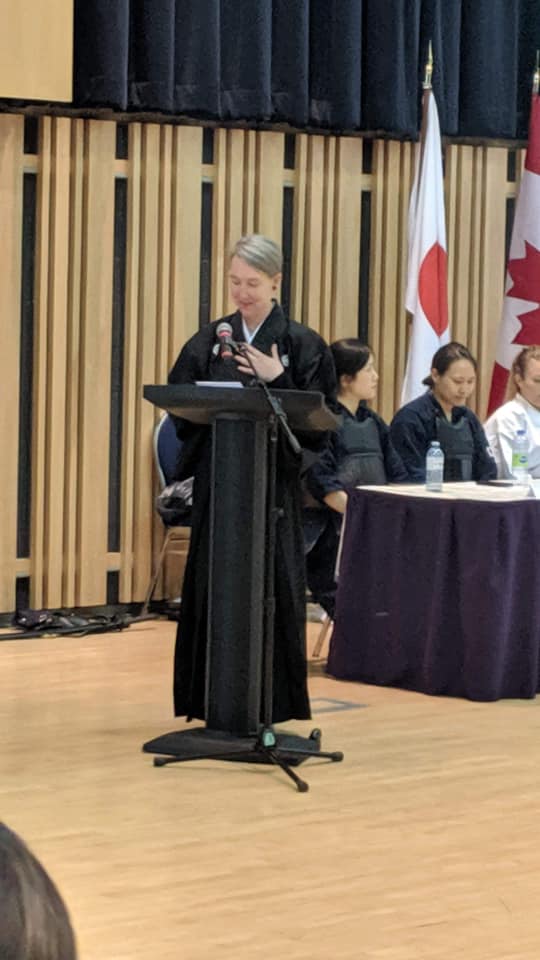
Of course none of this would have happened if not for the efforts of those that made it come together. Patrick Suen, the organizer of the Women In Budo demonstration, has a beautiful vision of a martial arts community that encourages and uplifts women to find their strengths through practice, and puts tremendous effort into building that. My teacher and mentor, Tong Sensei, dedicated a lot of the little time he has to helping me improve and creating a graceful demonstration that portrayed the elegance and fluidity of our style; my group member Jennifer Hood found the courage to accompany me and be our spokesperson for the event and support me through my nervousness; the other women who shared their stories and arts with us helped create a deeply moving experience for everyone that attended; and the wonderful women and men of Canadian Iaido provided the perfect audience and level of attentiveness for our performance.
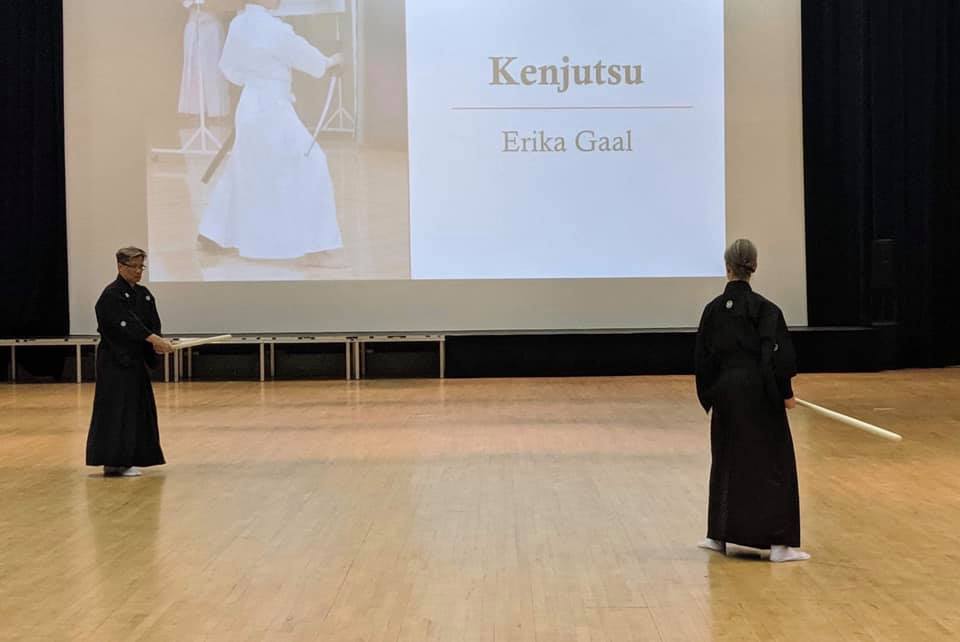
I used to believe that we had to look for the opportunities to help us on our road to success, but I now see there is much more than just that. Sometimes it’s more a matter of keeping the windows and doors open in the buildings you enter, and welcoming in the visitors that may stop by.
Training in martial arts can lead us to discovering our capabilities and strengths, and finding ways to create a broader peace for ourselves. Through our practice we also build deeper connections with those around us, our surroundings and our inner wisdom. Our training inevitably pushes our intellectual boundaries, and we grow from breaking down the walls that keep us within those boundaries.
This experience has showed me just how beneficial it can be to push ourselves out of our comfort zone, and how strong we can become from it.
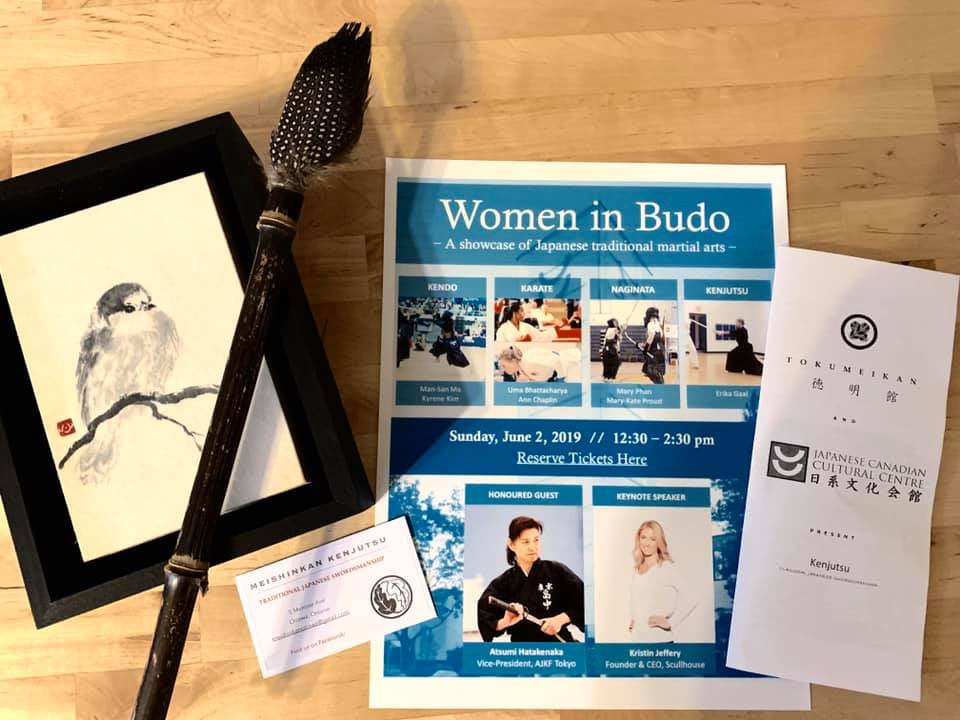
__________________________________________________
Commentary (Tong):
Here are some things said by the participants about the event on social media:
“The Women in Budo event was truly inspirational. These amazing women demonstrated with passion and spoke with courage. Thanks to the JCCC and everyone who made this possible!”
Patrick Suen
Organizer
“Women from the United States and Canada attended the second ” Women in Iaido Seminar” this past weekend. It was held at Mu Mon Kai dojo, located in Toronto, Canada. Guest instructor was Hatakenaka Sensei. 8th dan, Kyoshi, Iaido. The seminar also included a special presentation entitled ” Women in Budo”. Women in various budo disciplines gave demonstrations of their forms and talked about the influence the study of budo has had on their lives. This was a very special program for all the women that attended. A big thank you to all those who made this weekend possible.”
Nancy James
Iaido Renshi, 6-Dan
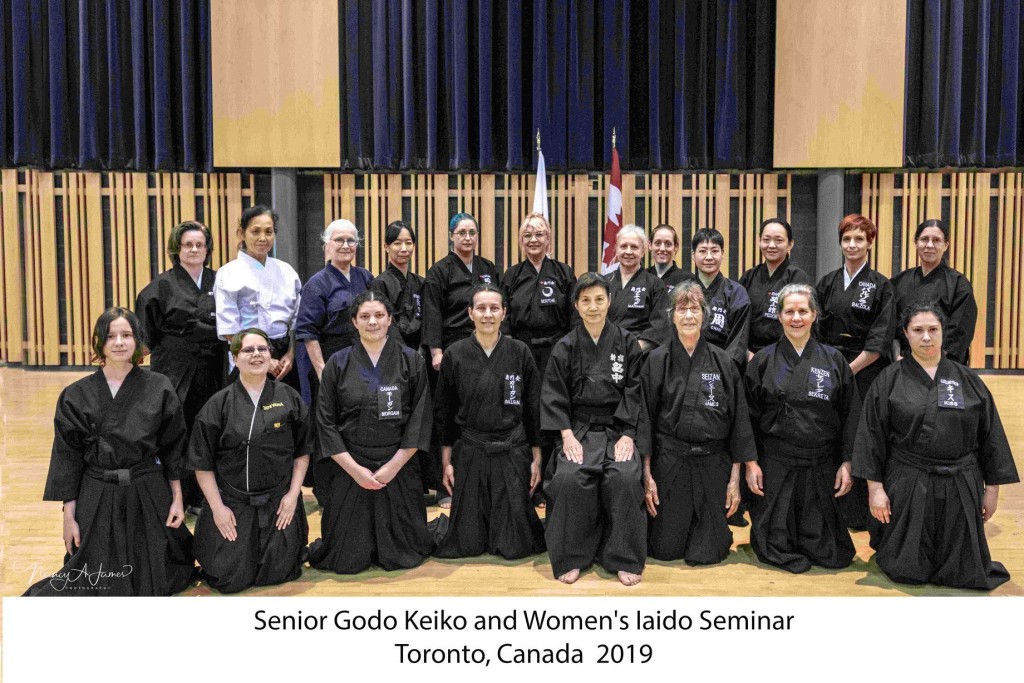
“A weekend of memories to last a lifetime. The 2nd CKF Women’s Iaido Seminar and inaugural Women in Budo Exhibition was a success beyond my wildest expectations. Thank you to everyone who poured their hearts into making this possible.”
Patrick Suen
Organizer
“You created something amazing Patrick. The seminar is a place where great bonds and friendships are made, and the demo was wonderfully inspirational and fulfilling. I feel truly blessed to have been there and am honoured by your consideration. Keep going with it, the women of Iaido can grow so much from it.”
Erika Gaal
Meishinkan Kenjutsu
“Had a great time at the Women in Budo event at the JCCC. Was so inspired by all the wonderful speeches and stories of growth and courage. It really reignited my passion for kendo. Especially loved discovering new forms of budo and learning how budo has played an important part in all of our lives. Thank you Team Canada Iaido and Patrick Suen for this amazing opportunity to present and learn!”
Kyrene Kim
Team Canada Kendo
“This was a day to remember! A landmark event for our group, a first for the federation that sponsored it, and the biggest honour of my personal life. This was also our first demonstration with Tong Sensei, and the first time this audience had seen Yagyu Shinkage Ryu. It was a day of building connections and unity between disciplines, people and hearts. Thank you to all the presenters for sharing your art and yourself with us, you are truly inspirational.”
Erika Gaal
Meishinkan Kenjutsu
It was indeed a landmark event. It may never be repeated again so I was very grateful to have been a part of it and to have experienced it. But even if it does get repeated (and I hope that it does), this event stands out as being truly unique simply because it was the first.
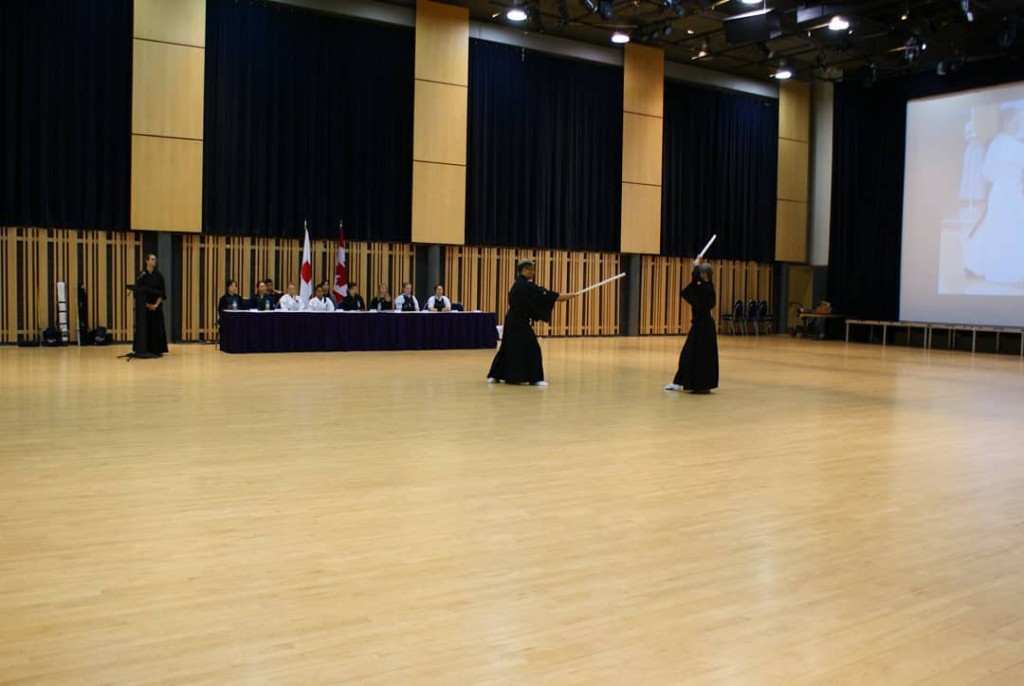
As for our demonstration, it had a profound effect on some people. As was mentioned, it was the first time for us to unveil our art (and our group) to the iaido world of Canada and the United States. After the demonstration, many people came up to talk to Erika and myself about our performance. Words that I heard were things like “wonderful”, “beautiful”, and “really nice”. The words of one accomplished iaido practitioner really encapsulated what many felt and experienced that day when they saw our demonstration:
“The demonstration of Yagyu Shinkage Ryu was captivating. Both fluid and graceful. I will admit however, as fascinated as I was with yours and Erika’s performance, it was the philosophy presented by Miss Hood that really drove me. I did not know what I was striving for in my Iai until I heard it spoken. With every line, I knew this is what I was missing. I have sought to bring something like this to my Iaido.”
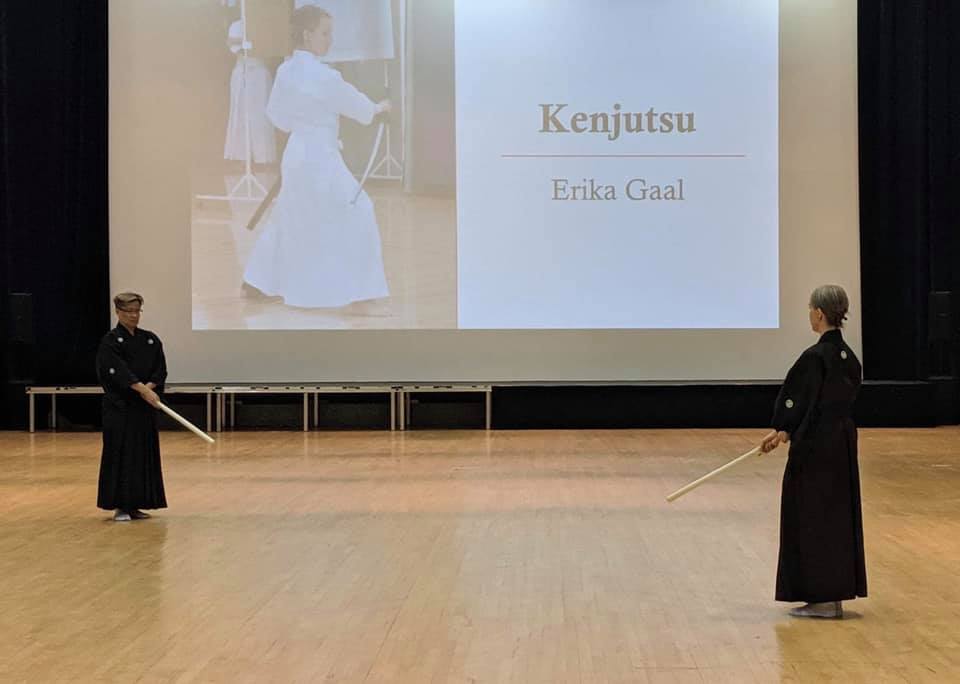
In my opinion and I have heard it also spoken from others, I believe it was an eye-opening experience for many in this specialized sword community. While they have heard about The Life-Giving Sword and other concepts like mushin (Emptiness, as in No-Mind), fudōshin (Immovable Mind, as in composure), and heijōshin (Ordinary Mind, as in calm) as abstract theories that one should or will realize through their studies in swordsmanship (but which are not actually taught), to see it actually embedded in the techniques and general body movements of the art was novel for them. To see such a Zen mindset expressed in the ways of suppressing the opponent’s actions and moving your own body into and out of danger revealed to some what was missing in their own practice. To mouth such high concepts when you are doing kata alone with an imaginary opponent, comfortably and under no real stress, is nice. But to actually have to embody such a concept as having an Immovable Mind when a real opponent is swinging a sword at your head at full speed and with violent intensity is quite another. So in many ways, for some, it was a fresh and original vision that they experienced.
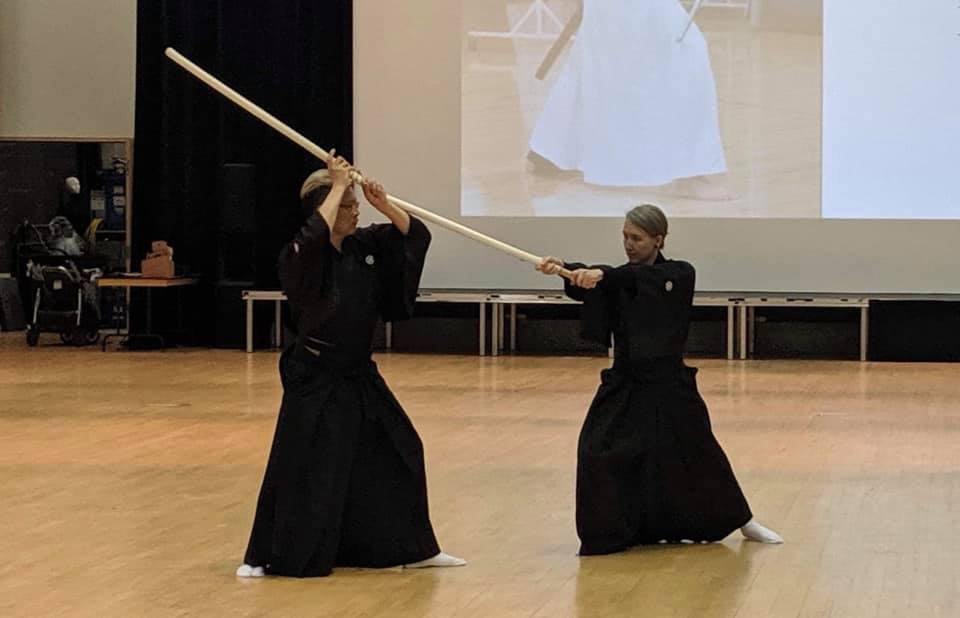
Patrick Suen, the organizer, deserves a ton of credit for creating and running such a monumental event. I understand that it was not supported by some but I applaud him for his vision and his courage to carry on despite the detractors. Change is difficult for some. New ideas are difficult for some. Having their world views challenged is not easy on the palate. It is difficult to let go of traditional ideas and viewpoints. It is also difficult to let go of power and status. There are a whole bunch of political issues involved with why some people supported or did not support this event.
But like it or not, it was a big event. It was an important event.
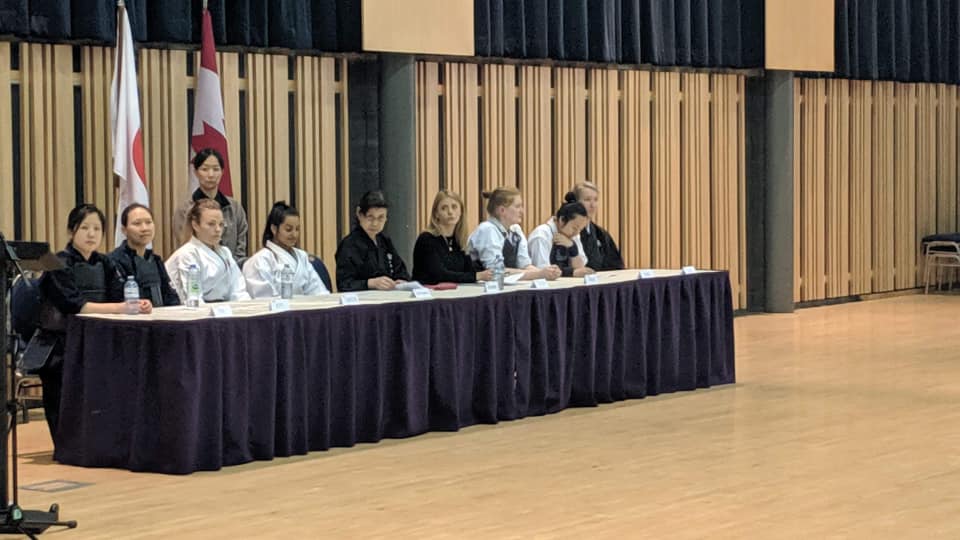
Change is hard. I always remember my master’s sage words:
“Question: In your opinion, what is the fundamental philosophy or idea of budo?
Sensei: In the old styles, the techniques are of course important. But everyone knows the techniques. They have not changed. But from now on, finding something new is important.
Let’s take the word “kobudo”. What we do is classified as kobudo. It is formed of these kanji (writes the kanji for “ko”, then “bu”, then “do”, that make up the word). “Ko” typically means “old”. Old usually implies dead, a dead art. But it is not old. It is not dead. It is still alive, today.
I don’t like the term “ko”-budo. It is not dead. It is still living. It is still adapting. It will continue to live and it will adapt to the needs, demands and atmosphere of the times in which it finds itself. It adapts constantly. So, don’t be afraid of new things or trying new challenges or experiences. This is the essential spirit of budo.
In Japanese, we talk of “challenge”. This means about the spirit of striving and reaching for greater things, greater heights. Budo has survived by adapting to each era. To continue to survive, it has to adapt and keep adapting. All styles that stopped adapting, have died out. The Edo Line of Yagyu is no more, unfortunately. This is a prime example.”
An excellent viewpoint. It is both an encouragement and a warning.
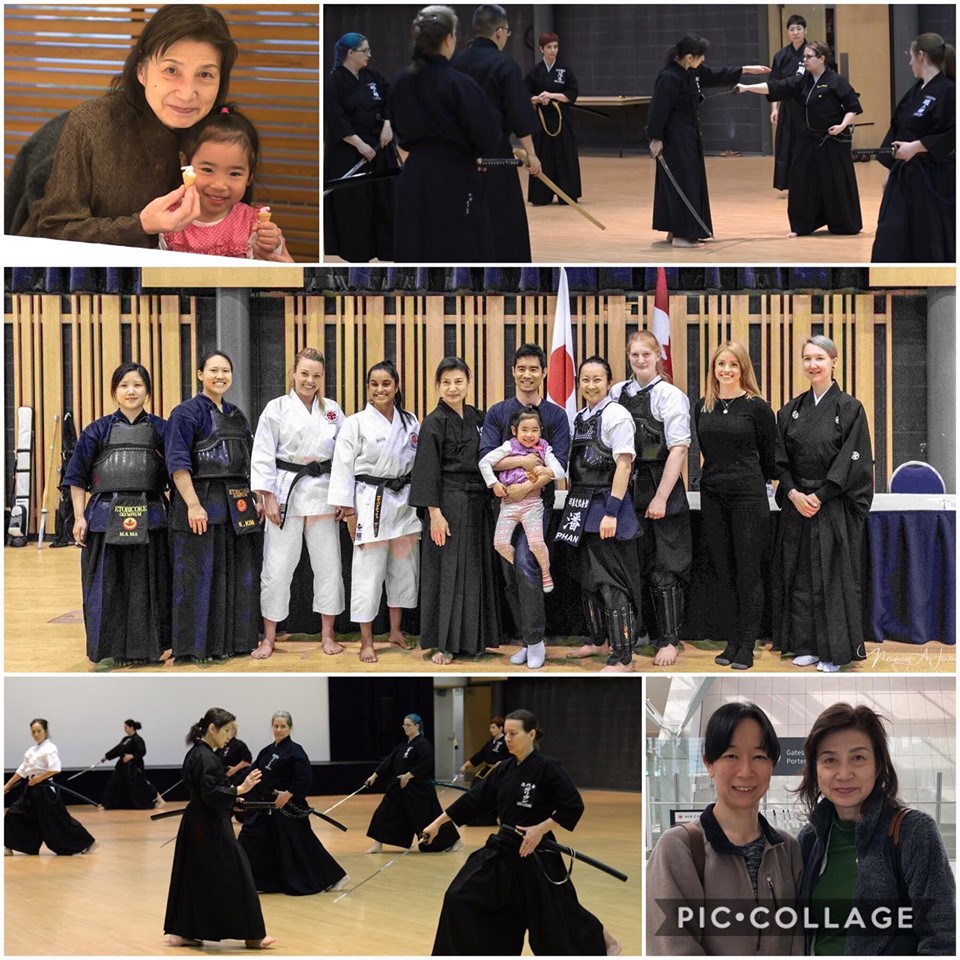
If I may paraphrase my master’s excellent words, if we fail to change or insist on stopping or resisting change completely, sticking our heads in the sand like ostriches, we risk the chance that we (our thoughts, ideas, our spirit) will become fossilized, set in stone, like a fossil. We no longer epitomize ‘katsujinken’ (the Living Sword that is free and alive) but rather resemble a dead sword, a relic of an earlier age that has no purpose or relevance anymore, a piece that belongs in a museum.
Like Kajitsuka Sensei said, Budo keeps adapting to each new era to stay vibrant and strong and alive. So must we.
__________________________________________________
And here is a video of our demonstration:
